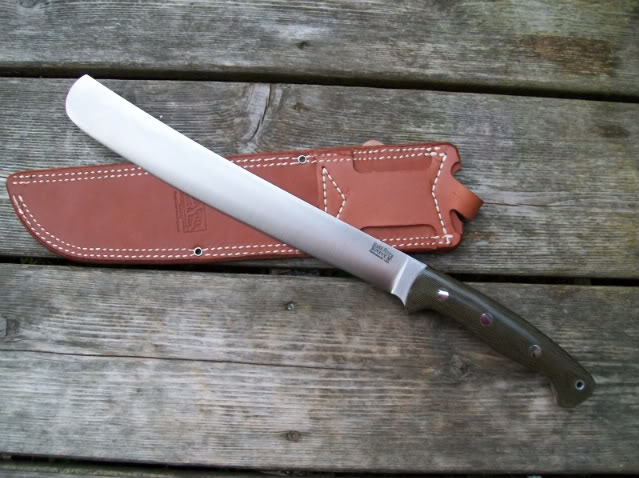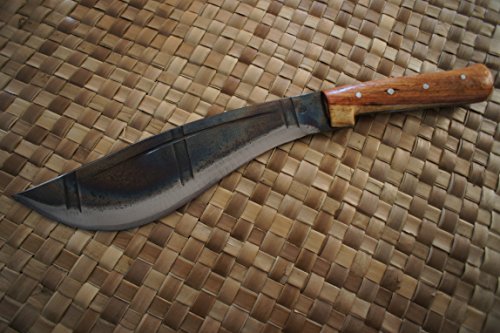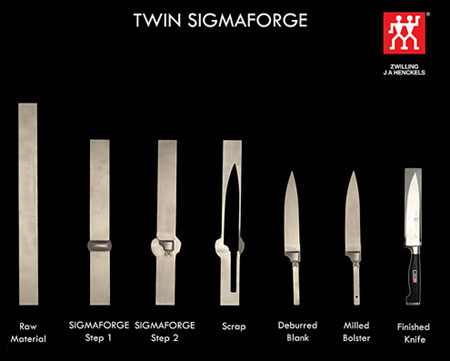What's your favorite knife steel...and what makes it so? I mean, property wise. There's a huge list of steels used in blades. Some are cheap, others very expensive. Some are tough and resist wear. Some are anti corrosion and resist tarnish and rust. Some take an exceptional edge. Some are far easier to sharpen. Some are old school like O1 and 1095. Others are new and recently developed like the CPM cruciable steels...CPM154 being one example. Then there's Hitachi Super Blue and White Paper Steels...so called because that's the color of paper Hitachi wraps the billets in. Kinda funny, that. The Blue steel is what the really fine Higonokami knives are made from. A dangerous knife in careless hands but a deadly fine cutter.
If I had to pick one, it would be from among A2, 5160 or D2. Obviously, since none of these are stainless in character, I don't mind taking care of a blade. Either that or I don't mind it if the steel darkens or stains. What I want is toughness...along with the ability to come to a keen edge and quickly. The A2 I'm used to is that used by Bark River and cryo treated by them. It ends up stunningly tough. They grind most of their knives to a convex edge profile, which just adds to its strength. The only tools with which I have direct experience that come close to A2 cryo toughness are the machete pieces made of simple 5160 spring steel in Thailand and sold by Aranyik out of Hawaii. I think of D2 as being a "gentlemanly A2". It has excellent properties. But when push comes to shove...I'd pick A2 cryo over all others. I have a Golock made by Bark River. It will chop hard Fir and Spruce branches all day and not dull even a little. Insanely tough. My Aranyik eNep and Cane Machete will do nearly as well. Anyway...sorry, short story made long. But that's me.
Bark River Golock

Aranyik eNep

If I had to pick one, it would be from among A2, 5160 or D2. Obviously, since none of these are stainless in character, I don't mind taking care of a blade. Either that or I don't mind it if the steel darkens or stains. What I want is toughness...along with the ability to come to a keen edge and quickly. The A2 I'm used to is that used by Bark River and cryo treated by them. It ends up stunningly tough. They grind most of their knives to a convex edge profile, which just adds to its strength. The only tools with which I have direct experience that come close to A2 cryo toughness are the machete pieces made of simple 5160 spring steel in Thailand and sold by Aranyik out of Hawaii. I think of D2 as being a "gentlemanly A2". It has excellent properties. But when push comes to shove...I'd pick A2 cryo over all others. I have a Golock made by Bark River. It will chop hard Fir and Spruce branches all day and not dull even a little. Insanely tough. My Aranyik eNep and Cane Machete will do nearly as well. Anyway...sorry, short story made long. But that's me.
Bark River Golock

Aranyik eNep


